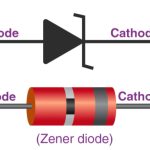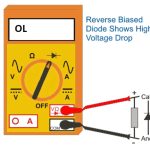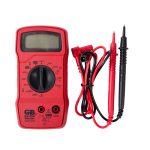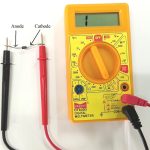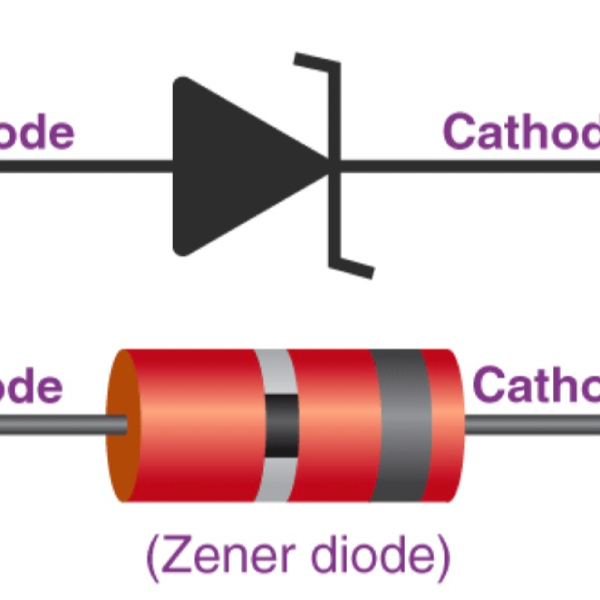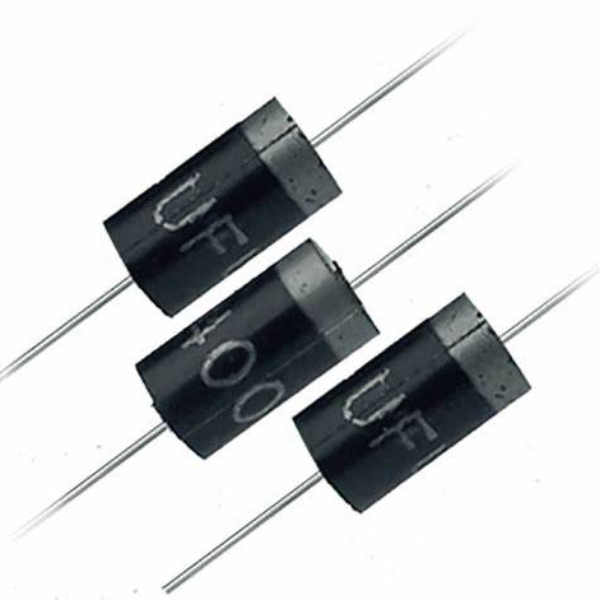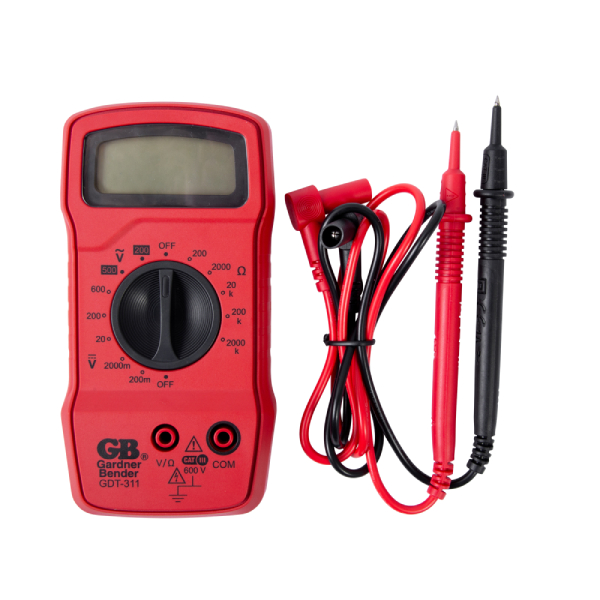 Introduction:
Introduction:
Resistors are fundamental components in electronic circuits that play a crucial role in controlling the flow of electric current. Their ability to resist or impede the flow of electrons is essential for regulating voltage, limiting current, and ensuring safe and reliable operation of electronic devices. In this comprehensive article, we will explore the functions and characteristics of resistors, their different types, and their applications in various electronic circuits. By understanding what resistors do, you’ll gain valuable insights into the significance of these essential components in the world of electronics.
 Controlling Current Flow
Controlling Current Flow
Impeding the Flow of Current:
Resistors are designed to restrict the flow of electric current in a circuit.
They provide resistance, which is the opposition to the flow of electrical charge.
Limiting Current:
By resisting the flow of current, resistors help control the amount of current that passes through a circuit.
This is important for avoiding damage to components and ensuring safe operation.
Regulating Voltage
Varying Voltage Drop:
A resistor can create a voltage drop across its terminals when current flows through it.
By adjusting the resistance value, the voltage drop across the resistor can be controlled.
Voltage Divider:
Resistors are often used in voltage divider circuits to distribute voltage across different components.
They divide the total voltage into smaller, desired values according to their resistance ratios.
Determining Current and Voltage Relationships
Ohm’s Law:
Resistors adhere to Ohm’s Law, which states that current flowing through a resistor is directly proportional to the voltage across it and inversely proportional to its resistance.
This relationship is described by the equation I = V/R, where I is current, V is voltage, and R is resistance.
Current Protection:
By setting an appropriate resistance value, resistors protect components from excessive current flow.
They act as current limiters, preventing damage to sensitive elements in a circuit.
 Types of Resistors
Types of Resistors
Carbon Composition Resistors:
Carbon composition resistors are inexpensive and widely used in a range of applications.
They consist of a carbon-based resistive material mixed with a binder and encased in a cylindrical body.
Metal Film Resistors:
Metal film resistors offer greater stability and precision compared to carbon composition resistors.
They are made by depositing a thin film of metal alloy onto a ceramic rod or substrate.
Wirewound Resistors:
Wirewound resistors are designed for higher power applications that require precise resistance values.
They consist of a resistive wire wound around a non-conductive core, providing high stability and low inductance.
Variable Resistors (Potentiometers):
Variable resistors, commonly known as potentiometers, allow for adjustable resistance values.
They are used to control various parameters, such as volume control in audio systems or brightness control in lighting circuits.
Applications of Resistors
Voltage and Current Regulation:
Resistors are employed in power supplies, voltage regulators, and current limiters to ensure stable and safe operation of circuits.
Signal Conditioning:
In electronic circuits, resistors are used in signal conditioning circuits to modify and adjust signal levels.
Biasing and Gain Control:
Resistors play a critical role in setting the biasing and gain in amplifiers, ensuring proper operation and optimal performance.
Timing and Oscillation Control:
Resistors are used with capacitors and operational amplifiers to control timing and frequency in oscillator circuits.
 Here are the key points explaining how a resistor works:
Here are the key points explaining how a resistor works:
The working principle of a resistor involves the concept of electrical resistance. Here are the key points explaining how a resistor works:
Electrical Resistance:
A resistor is an electronic component that resists the flow of electric current through it. It is designed to have a specific amount of resistance, measured in ohms (Ω). The resistance opposes the flow of current and restricts its flow.
Ohm’s Law:
According to Ohm’s Law, the current passing through a resistor is directly proportional to the voltage applied across it and inversely proportional to its resistance. Mathematically, Ohm’s Law can be expressed as I = V/R, where I is the current in amperes, V is the voltage in volts, and R is the resistance in ohms.
Voltage Drop:
When a current flows through a resistor, a voltage drop occurs across the resistor due to the presence of resistance. This voltage drop follows Ohm’s Law and can be calculated by multiplying the current flowing through the resistor by its resistance (V = I x R).
Heat Dissipation:
As electric current passes through a resistor, it encounters resistance, and this resistance causes the conversion of electrical energy into heat energy. The power dissipated, or the amount of heat generated, can be determined using the formula P = I^2 x R, where P is the power in watts.
Controlling Current:
Resistors are widely used in electronic circuits to control the flow of current. By adjusting the value of the resistor, the current can be limited or varied according to the requirements of the circuit.
Voltage Divider:
Resistor networks can create voltage dividers. By connecting multiple resistors in series or parallel, the voltage across a particular point can be divided proportionally, allowing the creation of different voltage levels within a circuit.
Circuit Protection:
Resistors also play a role in protecting components from excess voltage or current. For example, a current-limiting resistor can be used to prevent overloading an LED or a transistor by limiting the current passing through them.
Overall, the working principle of a resistor relies on its ability to introduce electrical resistance into a circuit, which influences the flow of current and voltage across components. Resistors are fundamental components used in various electronic applications to perform tasks such as current control, voltage division, and circuit protection.
Here’s how you can measure resistance using a multimeter:
To measure the resistance (or value) of a resistor, you can use a multimeter, which is a versatile electronic measuring instrument. Here’s how you can measure resistance using a multimeter:
Set the Multimeter:
Turn on the multimeter and set the dial or function switch to the resistance (Ω) measurement mode. It is often denoted by the Greek letter omega (Ω) or the word “resistance.”
Insert Test Leads:
Insert the test leads into the corresponding ports on the multimeter. The color-coding differs among multimeters, but typically, the red lead is for positive (+) and the black lead is for negative (-) or common (COM).
Zero the Multimeter:
If your multimeter has the option, it is good practice to zero or nullify the resistance measurement by touching the test leads together and adjusting the zero adjustment control if needed. This helps to account for any residual resistance in the test leads.
Measure the Resistance:
Touch the test leads to the two terminals of the resistor you wish to measure. Make sure there is a good connection between the test leads and the terminals. Avoid touching the resistor or its leads with your hands or fingers, as it may introduce errors.
Read the Measurement:
Once the test leads are securely connected, the multimeter will display the resistance value on its screen. The value will be displayed in ohms (Ω). Take note of the measurement.
Interpret the Reading:
The measured resistance value reflects the actual resistance of the resistor. Compare the measured value to the labeled or expected resistance value of the resistor to check if they are within an acceptable range.
Power Off the Multimeter:
After taking the resistance measurement, disconnect the test leads and turn off the multimeter to conserve battery life.
Note:
It’s important to select the appropriate measurement range on your multimeter to ensure accurate readings. If the resistance being measured is outside the selected range, you may need to adjust the range setting accordingly.
Always follow safety precautions, and consult the user manual for your specific multimeter model for detailed instructions and safety guidelines to avoid any accidents or damage to the multimeter or components you are testing.
 Conclusion:
Conclusion:
Resistors are essential components in electronic circuits, responsible for regulating current and voltage levels. By impeding the flow of electric current, resistors provide control and protection, allowing devices to function safely and reliably. Their ability to distribute voltage, determine current and voltage relationships, and establish resistance values is critical in various applications. Whether used for current protection, voltage regulation, or signal conditioning, resistors are indispensable for the proper operation of electronic devices. By understanding their functions and characteristics, you can appreciate the significance of resistors in electronics and use them effectively in your own circuit designs.
